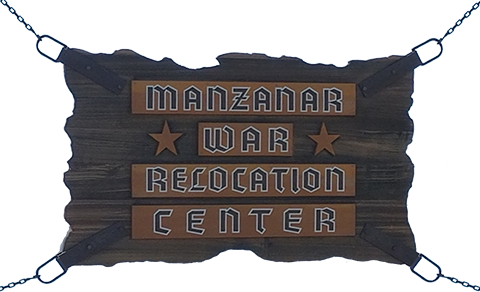Summary of the Manzanar riot of 1942
The Manzanar riots, also known as the Manzanar War Relocation Center Riot, occurred in December 1942 during World War II.
The December 1942 riot was triggered by a series of tensions and grievances among the internees at Manzanar. These tensions included overcrowding, inadequate living conditions, lack of privacy, and frustration with the curfew and restrictions imposed on them. Additionally, there was a generational and cultural gap between the older Issei (first-generation Japanese immigrants) and the younger Nisei (second-generation Japanese Americans), contributing to the unrest.
The immediate catalyst for the riot was a conflict between a group of internees who were trying to resolve issues through negotiation and peaceful protest and a group of internees who advocated more aggressive action, including vandalism and sabotage. This division led to violent clashes within the camp, resulting in property damage and injuries.
In response to the riot, military police and the camp's administration imposed martial law, and several individuals were arrested and sent to other internment camps. The incident exposed the deep-seated frustrations and tensions within the internment camp system, highlighting the difficult conditions and civil liberties violations faced by Japanese Americans during their forced incarceration. The Manzanar riots serve as a poignant reminder of the hardships and injustice endured by Japanese Americans during this turbulent period in American history. |
